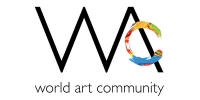One of the many ways in which Indian art and craft finds expression is through its rich and
exquisite diversity of Textiles. This part of our heritage is a blend of exceptional craftsmanship,
creativity, magnificent colours, many different weaves, motifs and materials – all of the finest
quality.
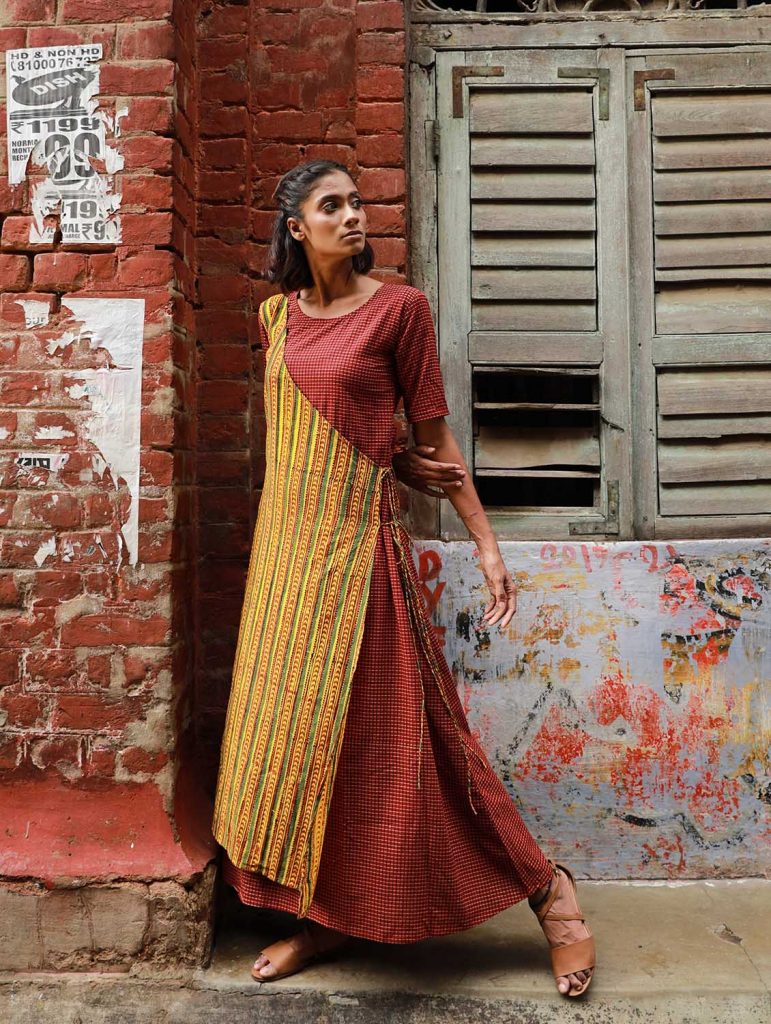
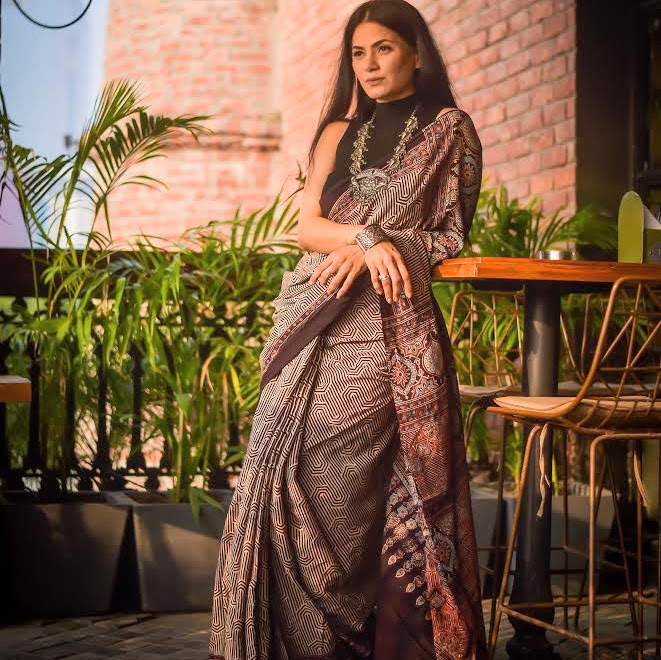
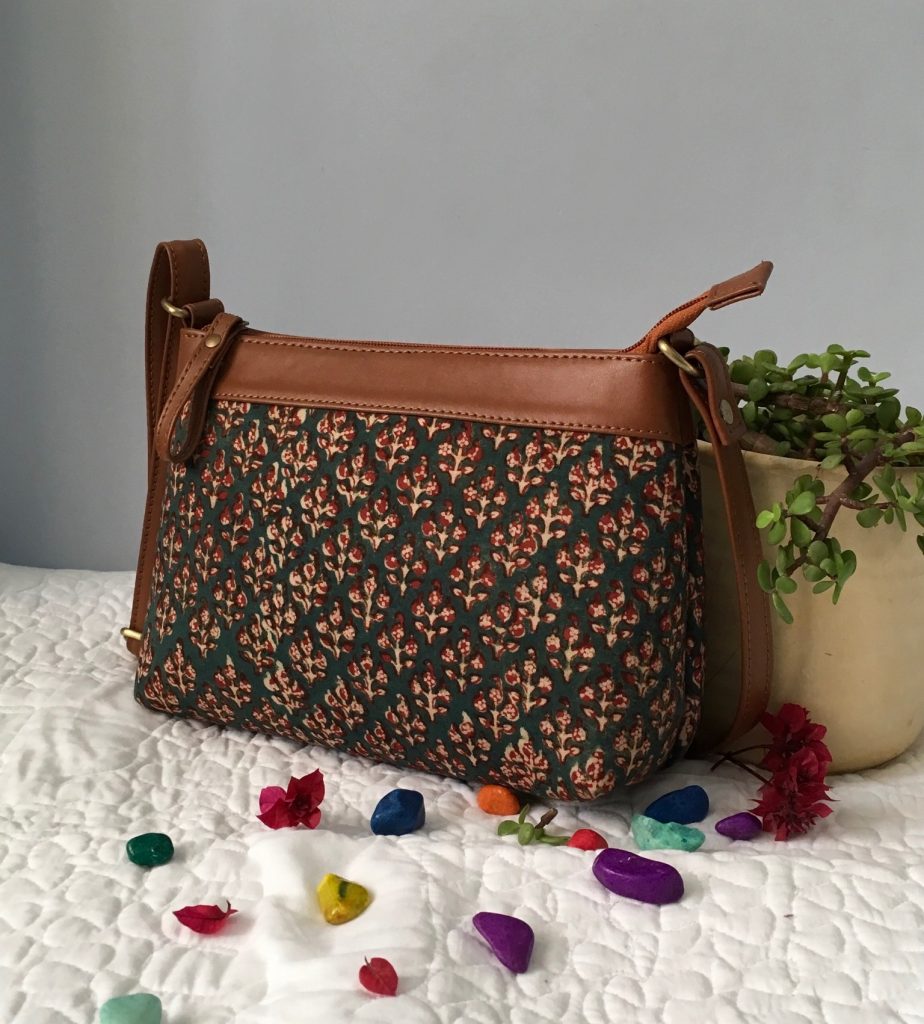
Ajrakh Block Printing is a tradition that began amongst the artisans of the Khatri community
400 years ago in Sindh, Pakistan. The community later migrated to Kutch in Gujarat and
Barmer in Rajasthan and continued practicing the traditional art there. Ajrakh fabric is
distinctive and easily recognised by the crimson red and indigo blue symmetrical patterns block
printed on cotton fabric.
The block printing process is labour-intensive and involves 14-16 stages of printing and dyeing.
The fabric needs to be washed over and over again with various natural dyes such as lime,
indigo, and camel dung. It can be printed either on a single side or on both sides. This method
is also called resist printing – which prevents the absorption of a dye on the areas intended to
be left uncoloured.
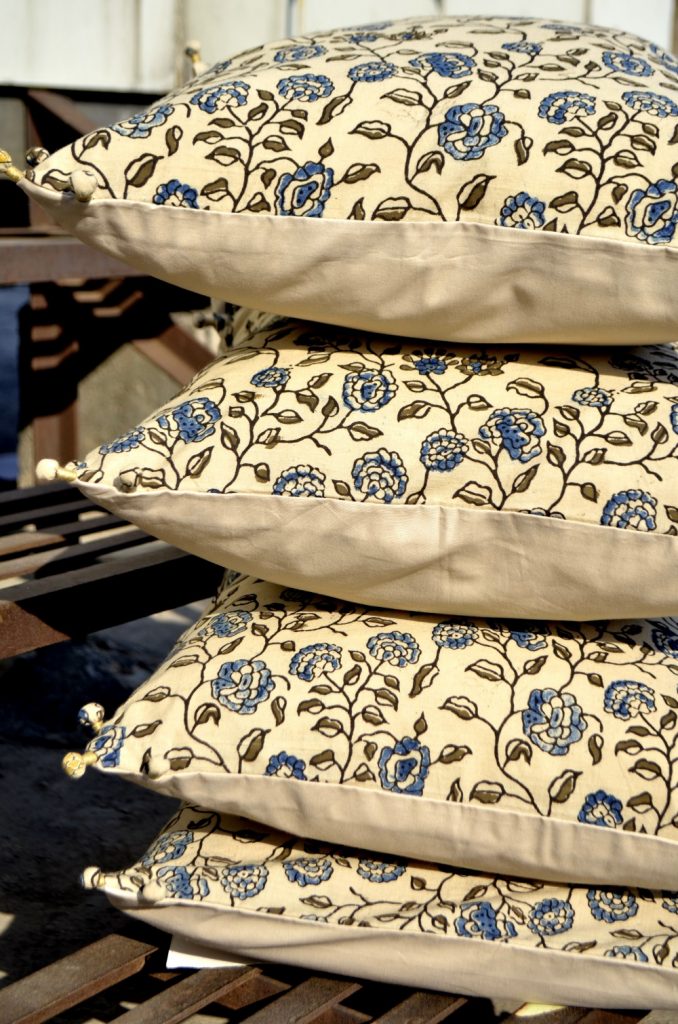
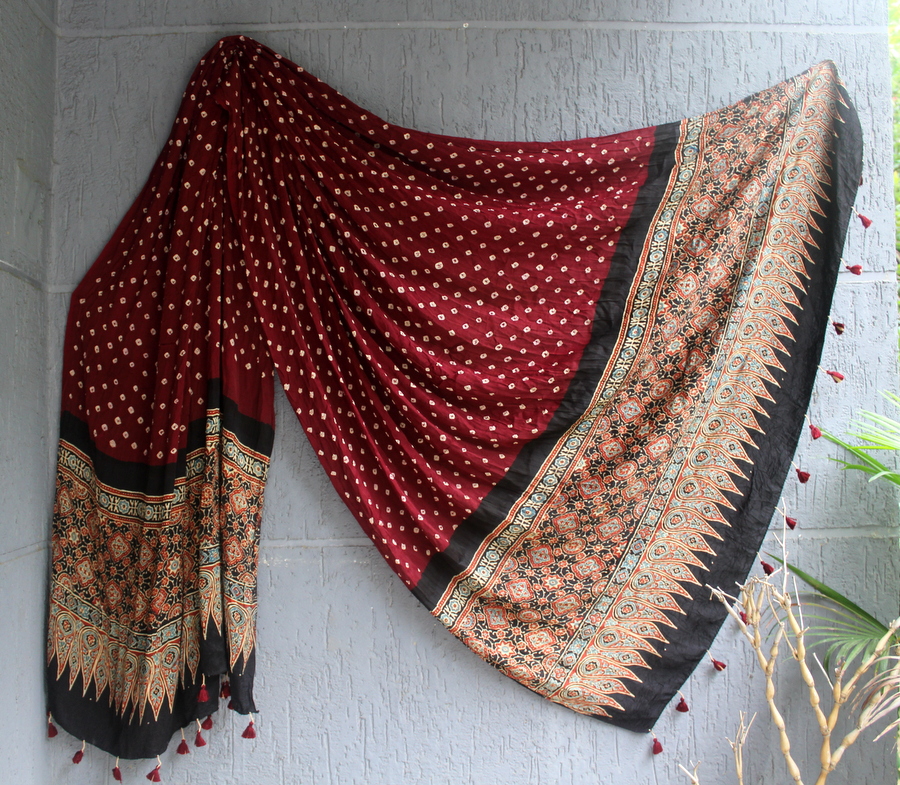
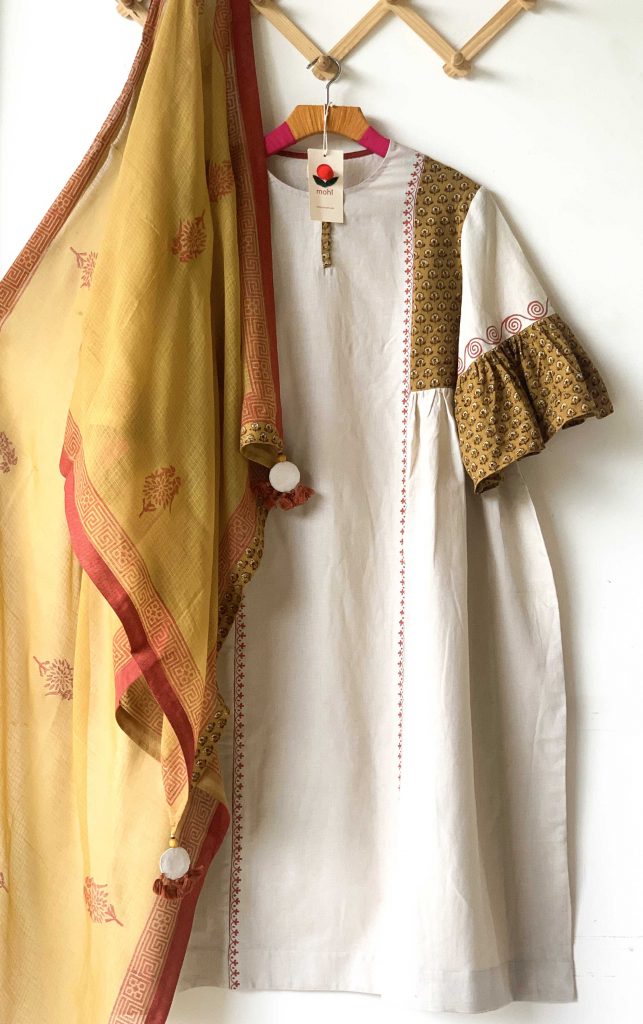
Block printing is done on fabric with a wooden block that is hand carved with intricate
symmetrical patterns. The motifs used include outlines of ‘ jaali ’ windows and trefoil arches
that find their origin in Islamic architecture.
There are many stories related to the origin of the name “Äjrakh”.
The printing process takes a great deal of time since it involves repeatedly printing colours one
after another with a time gap between each layer. The fabric must be left for a day after each
layer of colour is printed. That ‘one day’ time period required for the fabric to get ready for the
next step of the printing process was colloquially known as ‘Aaj ke din rakh’ in Hindi – gave the
technique its name in the form of a twist on the original expression and came to be known as
‘Ajrakh’. The name is also possibly derived from the word ‘Azarak’ meaning the colour blue in
Arabic – since blue is the primary colour used in Ajrakh printing.
In order to keep pace with changing tastes and market trends, artisans are experimenting with
newer motifs and designs. There are a lot of new expressions in Ajrakh being developed such as
fabric yardage, furnishings, scarves, and stoles that are highly sought after by consumers.
At World Art Community we are committed to promote the crafts of India and to encourage
the artisans who are carrying forward a legacy. You can shop from a wide range of Ajrakh
products and support the hard work of our artisans and craftsmen. Choose from sling bags,
sarees, apparel, and more.
Lead image courtesy – mint
